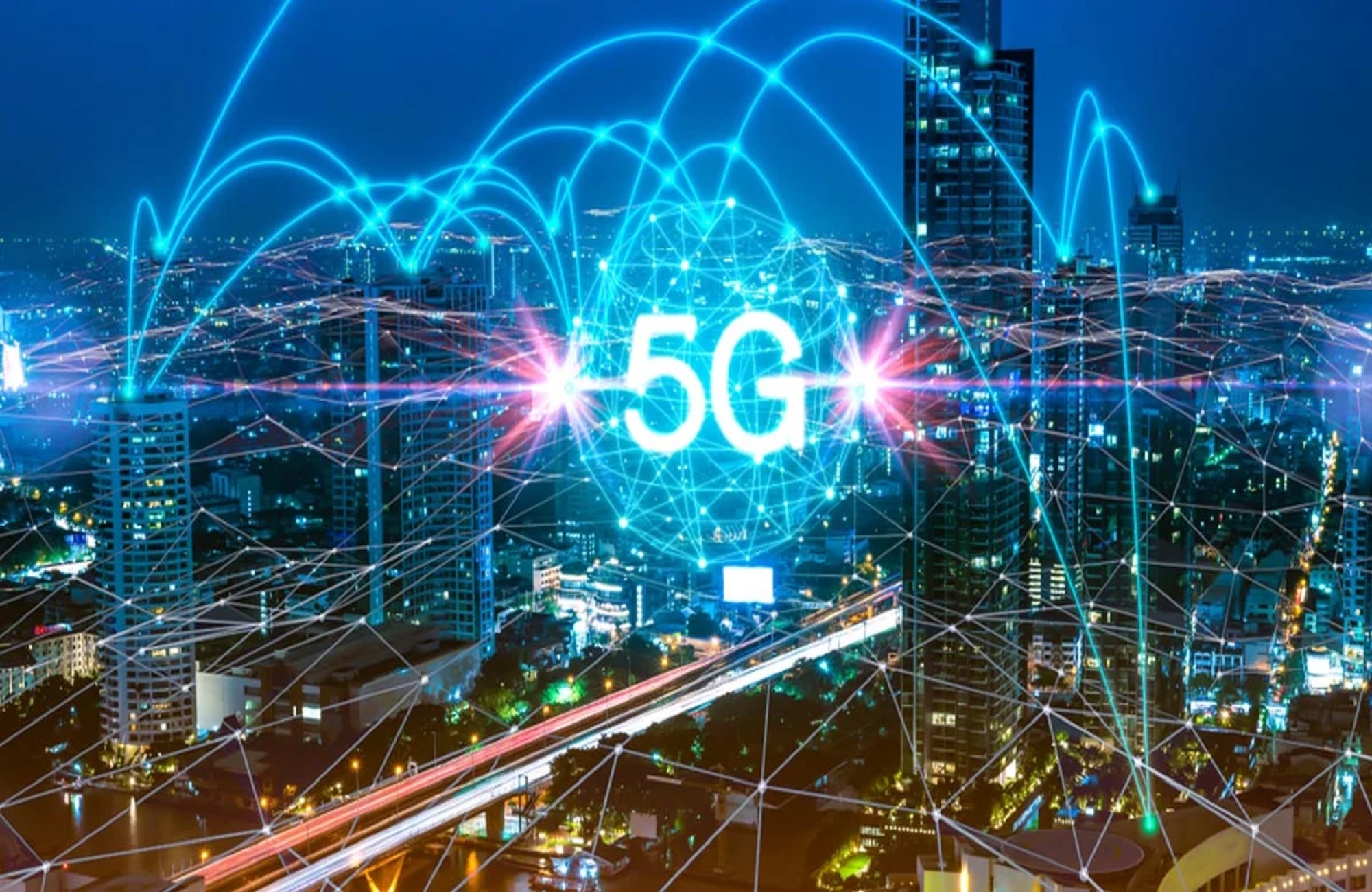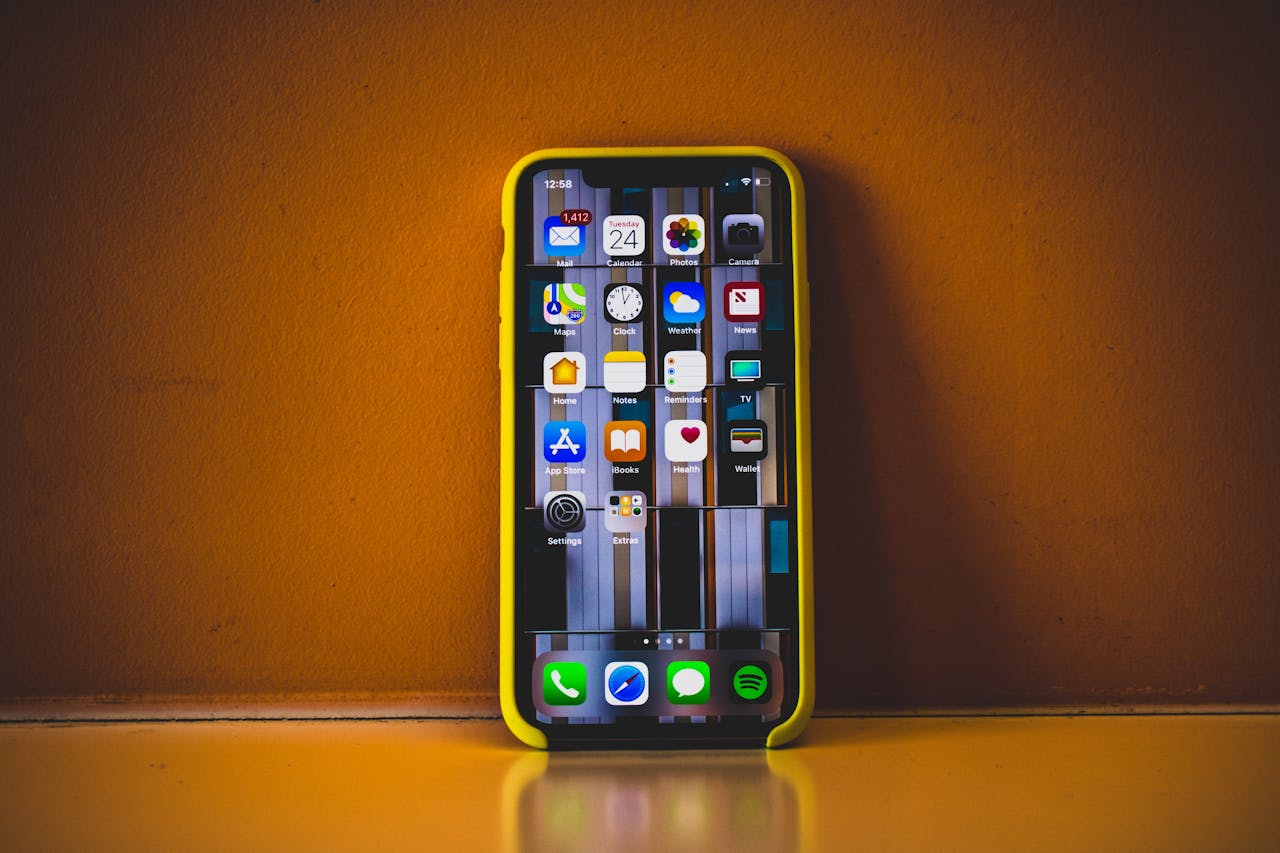The world of mobile connectivity is undergoing a massive transformation with the rollout of 5G technology. As the fifth generation of wireless networks, 5G promises to revolutionize how we connect, communicate, and interact with the digital world. But what exactly makes 5G so special, and how is it reshaping mobile connectivity?
Faster Speeds and Lower Latency
One of the most noticeable improvements that 5G brings is lightning-fast internet speeds. Compared to 4G, 5G can be up to 100 times faster, enabling users to download movies, stream high-definition video, and access data-heavy applications almost instantaneously. This boost in speed is complemented by ultra-low latency—meaning the delay between sending and receiving data is drastically reduced. For gamers, video conference users, and anyone relying on real-time interactions, this means a smoother and more responsive experience.
Enhanced Capacity for More Devices
With the explosion of connected devices—from smartphones and wearables to smart home gadgets and IoT sensors—networks have been struggling to keep up with the demand. 5G solves this by significantly increasing network capacity, allowing billions of devices to connect simultaneously without sacrificing speed or reliability. This is crucial as cities evolve into smart cities, and industries embrace automation and remote monitoring.
Enabling New Technologies and Applications
5G doesn’t just improve current services—it opens the door for entirely new technologies. Autonomous vehicles rely on ultra-reliable, low-latency connections to communicate with each other and infrastructure. Augmented reality (AR) and virtual reality (VR) experiences become more immersive with faster data transmission. Telemedicine advances with real-time remote surgeries and diagnostics. In essence, 5G acts as the backbone for innovations that were once confined to science fiction.
Improved Energy Efficiency and Network Management
5G networks incorporate advanced technologies like network slicing, which allows operators to create multiple virtual networks tailored to specific needs, whether for emergency services or regular consumer use. Moreover, 5G is designed to be more energy-efficient, helping reduce the carbon footprint of mobile networks—an important consideration in today’s environmentally conscious world.
Challenges and Future Outlook
Despite its benefits, the transition to 5G isn’t without challenges. Infrastructure upgrades, regulatory hurdles, and ensuring equitable access remain significant tasks. However, as these issues are addressed, the transformative potential of 5G will become even more apparent.
Conclusion
5G is more than just a faster network—it’s a foundational technology reshaping mobile connectivity and enabling a future full of possibilities. From faster downloads to smarter cities and new innovations, 5G is set to change the way we live, work, and play.
Are you excited about the possibilities 5G brings? What new applications do you think will emerge as 5G becomes widespread? Let me know in the comments!




